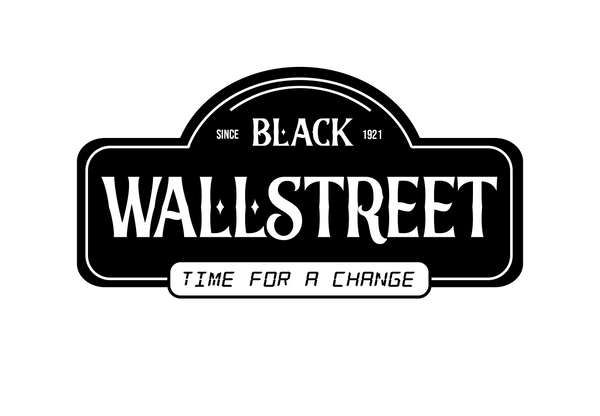
Why Did the Tulsa Race Massacre Occur?
Understanding the Triggers Behind a National Tragedy
The Tulsa Race Massacre of 1921 represents one of the most destructive racial terror attacks in American history. Decades passed with the true causes of the event hidden behind silence, distortion and denial. A complete understanding of this massacre requires examining the racial, social and economic tensions that developed well before the incident took place.
The Spark: The Arrest of Dick Rowland
A Black shoe shiner named Dick Rowland entered the Drexel Building elevator in downtown Tulsa at 19 years old on May 30, 1921. Inside the elevator was Sarah Page, a white elevator operator. The elevator incident remains uncertain since some sources suggest Rowland might have tripped against Page while others report Page screamed as Rowland ran away.
The authorities arrested Rowland on assault charges the following day even though there was no evidence and Sarah Page declined to press charges. The local newspapers published inflammatory and sensational headlines which heightened racial tensions. News of a planned lynching spread quickly throughout Tulsa.
On that night Black community members who included many World War I veterans gathered at the courthouse to protect Rowland. An armed white mob confronted the Black community members who came to protect Rowland. An altercation erupted between armed groups which led to gunfire and widespread disorder. What began as a riot transformed into a deliberate attack led by city officials against the Greenwood District known as Black Wall Street.
Black Wall Street: Time for a Change is a powerful comic book that offers a new perspective on the story through the themes of justice alongside resilience and legacy.
The Fuel: Resentment Toward Black Prosperity
The elevator incident marked the start of violence which had been building tension for many years. Greenwood was a thriving, self-sufficient Black community. Greenwood represented Black excellence in its prime with its banks, schools, movie theaters, grocery stores, luxury shops, and strong middle class during segregation.

Black residents rejoiced at their achieved success while white Tulsans observed their prosperity with feelings of jealousy and bitterness. Greenwood disproved Black inferiority stereotypes by defying the racial hierarchy imposed throughout the South and Midwest.
The economic achievements of Black communities posed a challenge to the established white supremacy structure. White mobs executed their attacks with brutal precision whenever false accusations provided justification.
Discover how the spirit of Greenwood lives on through storytelling in Black Wall Street: Black history receives an educational and visually impactful tribute in Time for a Change.
The Environment: Racial Tensions in Post-War America
The United States experienced extensive racial violence throughout the early 1900s. The period from 1919 to 1921 became known as the Red Summer because of repeated violent assaults on Black neighborhoods by white aggressors.
After fighting overseas in World War I Black veterans came home expecting to receive the respect and rights they believed they deserved. Instead, they were met with deep hostility. The American white population resisted changes while maintaining their oppressive racial structures. The Ku Klux Klan and similar white supremacist organizations expanded quickly during this period while they infiltrated law enforcement agencies and government structures.
The poisonous atmosphere of Tulsa led directly to a catastrophic incident. The massacre was an institutionalized, deliberate act of terror rather than a spontaneous event.
The Result: Destruction and Denial
Between May 31 and June 1, 1921 white mobs supported by law enforcement and aerial attacks obliterated 35 blocks of the Greenwood District in less than 18 hours. The mob burned down homes and businesses and also destroyed churches. The incident resulted in approximately 300 Black men, women, and children losing their lives while displacing more than 10,000 individuals.
No white person was ever charged. Insurance claims from Black residents were denied. Survivors were placed in internment camps. This atrocious part of American history remained hidden from textbooks and public awareness for many years.
We should hold the Greenwood legacy in our memory while passing it forward with new visions. Black Wall Street: Time for a Change provides an engaging educational resource for younger generations that highlights the courage and culture which defined Black Wall Street.
Conclusion: A Tragedy Rooted in Injustice
Systemic racism working together with greed and white supremacy caused the Tulsa Race Massacre rather than a single misunderstanding or isolated incident. By learning about its causes we can pay tribute to those who died and the community that was lost while identifying ongoing patterns of injustice.
Remembering Tulsa serves to recognize historical truths while teaching us valuable lessons from the past to create a fairer future.
Storytelling functions as a strong force throughout the process of understanding historical events. Black Wall Street: Time for a Change extends beyond its comic book format to serve as a movement that merges truth with memory and imagination to advance justice.




